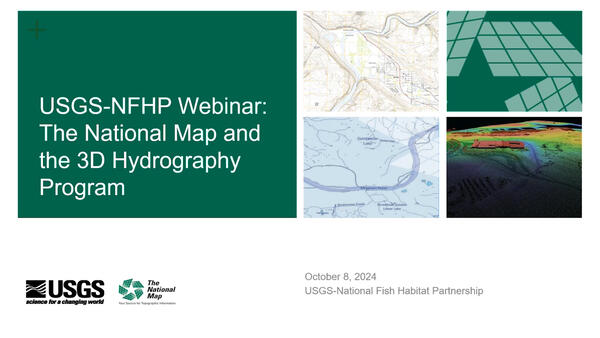The Community for Data Integration (CDI) represents a dynamic community of practice focused on advancing science data and information management and integration capabilities across the U.S. Geological Survey and the CDI community. This annual report describes the various presentations, activities, and outcomes of the CDI monthly forums, working groups, virtual training series, and other...
Authors
Madison Langseth, Leslie Hsu, Jon Amberg, Norman Bliss, Andrew Bock, Rachel T. Bolus, R. Sky Bristol, Katherine Chase, Theresa Crimmins, Paul Earle, Richard Erickson, A. Everette, Jeff Falgout, John Faundeen, Michael N. Fienen, Rusty Griffin, Michelle R. Guy, Kevin D. Henry, Nancy Hoebelheinrich, Randall J. Hunt, Vivian B. Hutchison, Drew Ignizio, Dana Infante, Catherine Jarnevich, Jeanne Jones, Tim Kern, Scott Leibowitz, Francis Lightsom, R. Marsh, S. Grace McCalla, Marcia McNiff, Jeffrey Morisette, John Nelson, Tamar Norkin, Todd Preston, Alyssa Rosemartin, Roy Sando, Jason Sherba, Richard Signell, Benjamin Sleeter, Eric Sundquist, Colin B. Talbert, Roland J. Viger, Jake F. Weltzin, Sharon Waltman, Marc Weber, Daniel Wieferich, Brad Williams, Lisamarie Windham-Myers





